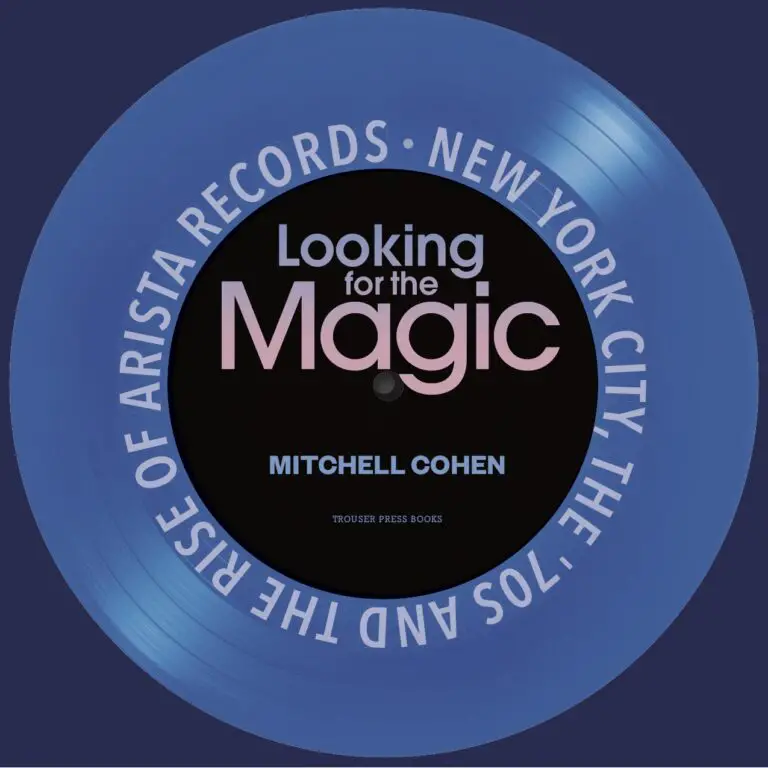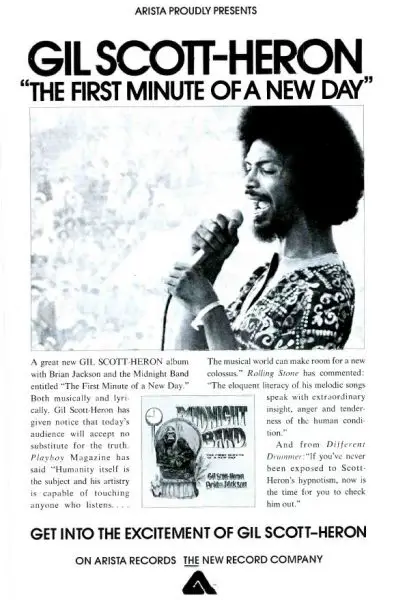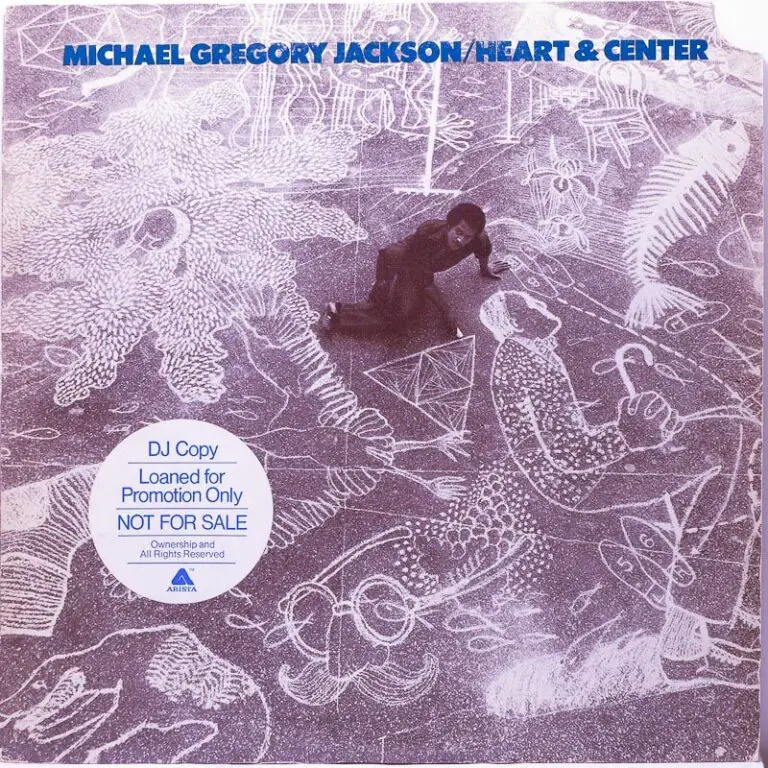Last year, Mitchell Cohen partnered with former Sparks/Roxy Music bassist Sal Maida on one of the most enjoyable reads about pop arcana ever penned, The White Label Promo Preservation Society: 100 Flop Albums You Oughta Know. Now Cohen is back, riding solo this time, to tell the story of the last quintessential New York record label. It’s the imprint that either launched or revitalized the careers of Barry Manilow, Patti Smith, The Kinks, Lou Reed, Aretha Franklin, Gil Scott-Heron, The Grateful Dead, Iggy Pop and, of course, Whitney Houston, in the ‘70s and early ‘80s – Clive Davis’ Arista Records.

Cohen’s Looking for the Magic (Trouser Press Books) tells the story of Arista from its inception – a label built upon the foundation of the singles-centric Bell Records to the conclusion of its freewheeling indie era with a mid-1980s merger with industry giant RCA. And although Cohen worked at the label in publicity and A&R from 1977 – 1993, he largely remains absent from the narrative, a humble factor that’s a very good thing for the storytelling.
“Looking for the magic” is a record industry maxim. It says that success is spelled by a label’s ability to realize what’s a hit and, more importantly, what is not! Clive Davis, the man who defined Arista, was unparalleled in his ability to sniff out both hits and artists who grow to become mega-selling legends. It’s something he had done from his early days at Columbia thru Arista to his latter run at J Records.
But before the book gets to Arista, Cohen tells the equally fascinating story of its forerunner, Bell Records, and its intriguing head Larry Uttal.
Uttal’s singles-focused label didn’t do artist development or produce records. It licensed them from a host of talented outside producers like Allen Toussaint and then did the savvy sales and promotion that made them big hits.
Mitch Ryder’s “Devil with the Blue Dress On,” The Box Tops’ “The Letter,” “I’m Your Puppet” by James and Bobby Purify and Merrilee Rush’s “Angel of the Morning” were some of the independent productions Bell drove to the upper reaches of the charts. Uttal also sourced England for hits by Spooky Tooth, Suzi Quatro and Vanity Fair. And after Bell’s purchase by Columbia Pictures came hits from its TV division, The Partridge Family, and Tony Orlando and Dawn. Interestingly, Bell was the partner label for the proto-metal of Leslie West and Mountain and released one of the weirdest records you’ll ever hear, 1971’s For You. This crockpot of kooky features the erotic poetry of Brit thespian/singer Anthony (“What Kind of Fool Am I?”) Newley set to orchestral music by Neely Plumb, the father of child actress Eve Plumb of “Brady Bunch” fame.

Clive Davis enters the picture at Bell as a “consultant” after he is summarily fired from Columbia Records due to an accounting scandal in 1973. By 1974, Davis is in charge and changes the name of the label to that of his high school honors society.
As he had at Columbia with Santana, Sly & The Family Stone and Janis Joplin, Davis made his first order of business signing up talent he could grow – both the new and the established. A vast majority of these would come from NYC like his first signings: the proto-rapper Gil Scott-Heron and Barry Manilow, the cabaret-styled singer who would become the label’s true triple platinum-selling cash cow. Arista would be in the thick of punk with the signings of Patti Smith and punk godfather Lou Reed, whose flagging career would be revitalized with Arista albums like Street Hassle. The Kinks and The Grateful Dead would see their careers soar again with their respective Arista releases, Low-Budget and In the Dark, the latter which featured The Dead’s only Top 40 hit, “Touch of Grey.”
Interestingly, jazz was a very important part of the mix at Clive’s Arista. This was perhaps due to his experience at Columbia Records with Miles Davis and Herbie Hancock. These were forward-leaning jazz stars who crossed over to a rock audience and Gold Record sales with their respective fusion masterworks, Bitches Brew and Head Hunters. Jazz was relatively cheap to record and market and they could break even without the huge sales of rock. So, Clive and company rolled the dice on jazz often, garnering both solid cash returns and even more lasting artistic results.
Arista Records’ forays into jazz deserves some serious attention. The effort was led by Steve Backer, the man who earlier signed Keith Jarrett and Gato Barbieri to Impulse Records. The imprint, Arista Freedom, kicked off with marquee signings of avant-garde notables like Anthony Braxton, Julius Hemphill, Cecil Taylor and the like. In the way of more mainstream fusion, Arista made a splash with The Brecker Brothers and Larry Coryell’s Eleventh House. The latter was a contender to the crown worn by Columbia Records’ resident guitar god John McLaughlin and his fearsomely talented and financially successful Mahavishnu Orchestra. With the purchase of the Savoy Records catalog in 1975, the label did a splendid job repackaging and turning a new generation on to the classic works of Charlie Parker, Dizzy Gillespie, Dexter Gordon and many more. Arista Freedom eventually morphed into Arista Novus. It released a bevy of beautiful, edge-pushing jazz from the likes of Muhal Richard Abrams, Oliver Lake, Air with Henry Threadgill and guitarist Michael Gregory Jackson, whose 1979 album Heart and Center is a masterpiece of genre-leaping future funk.

With the licensing of Passport Records, Arista even dabbled in progressive rock, distributing discs by the likes of Camel, Brand X and synth wizard Larry Fast. By the dawn of the ‘80s, Arista also had a nice piece of MTV-era pop with the success of acts like A Flock of Seagulls, Haircut 100 and The Thompson Twins.
In 1983, things would begin to change. That’s when RCA acquired a 50% stake and took over distribution for Arista. That year, Clive Davis would see the future when he witnessed Whitney Houston singing at the Upper West Side club called Sweetwater. He took his time finding the right songs and style that would make her long-delayed 1985 debut not only an unprecedented smash with three #1 singles, but the template that would be followed to build the careers of everyone from Mariah to Britney.
But that’s another story and that’s where Cohen choses to end this very gratifying one.


Comments are closed.